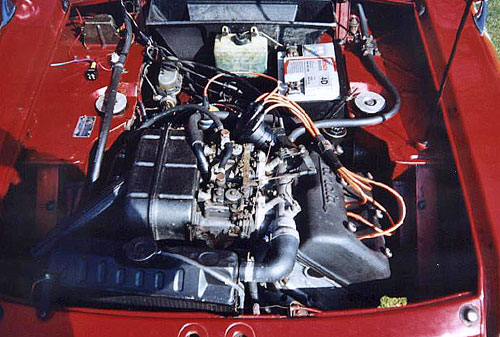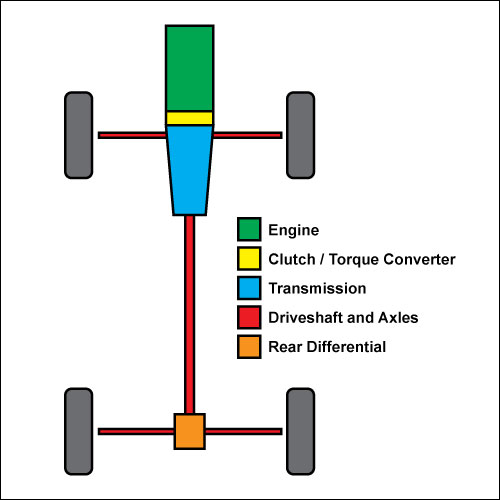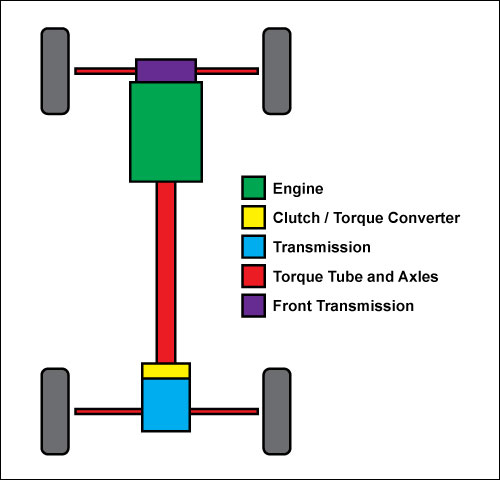Flawed Beauty: Lancia Gamma

The Lancia Gamma reprises a familiar story arc when it comes to Italian cars: Beautiful, ambitious, flawed.
Produced from model years 1976 to 1984 and sold only in Europe, the Gamma was offered in coupe and 5-door sedan (berlina) bodystyles. Powered by a SOHC flat four developing a healthy 138 horsepower in its later 2.5-liter version, the FWD Gamma moved with respectable alacrity for its day. The coupe weighed in at 2,850 lbs, a figure that ensured competent acceleration, handling and braking.

The boxer engine configuration was chosen for a couple of reasons. Its lower center of gravity aided handling balance, but the real benefit was in the styling department: The hoodline could be more gradual, allowing for a very sleek profile. The overall design was penned by Pininfarina and is a masterpiece of proportion and understatement, especially considering the tacky, overwrought 1970s context of the car’s genesis.

Rust was a major bugaboo for Lancia unibodies up until the late ’80s, and the Gamma’s sheetmetal had its share of challenges in that department. But the ambitious engine was the source of most of the Gamma’s problems. Its all-aluminum construction was underengineered, and any minor problems with one of the engine’s peripherals had a tendency to cascade and result in total failure. And speaking of peripherals, instead of being driven off the crank pulley as with most cars, the power steering pump was connected to the left timing belt, and when an additional load was placed on the pump—say, the steering was turned to full lock—the timing belt snapped under the strain, and, well, you can imagine the carnage that ensued.

The interior is sensibly laid out and has a decidedly no-nonsense German appearance, mildly surprising for an Italian machine but perhaps understandable in light of the Gamma’s competitors: Executive coupes like the BMW E24, Mercedes SL and Jaguar XJS. At least the switchgear is mostly reliable, especially compared to that of its British and Italian rivals.

The Gamma was never imported to the US. While that might seem superficially unfortunate, at least the car’s lovely shape and powerplant were never marred by the 5-mph impact bumpers, sealed-beam headlights and performance-killing emissions equipment that afflicted those of its contemporaries that did make the trip across the Atlantic. No, the Gamma remains unmolested by US regulations, and the 25-year-old import rule makes it fairly straightforward for a moderately-determined enthusiast to be able to buy one in Europe, ship it and register it here. Sourcing replacement parts would be a challenge, especially given the Gamma’s maintenance requirements, but like with so many lovely Italian machines, I think the rewards of driving one or hell, just looking at one would outweigh the hassles of ownership.
Image credits: ourclassiccars.co.uk, classicitaliancarsforsale.com, driventowrite.com










